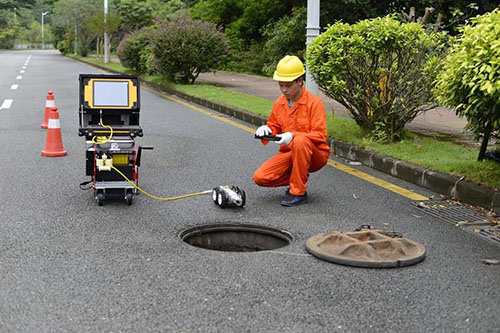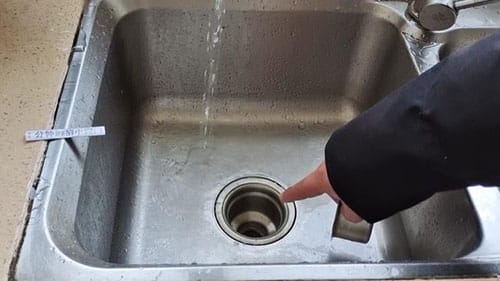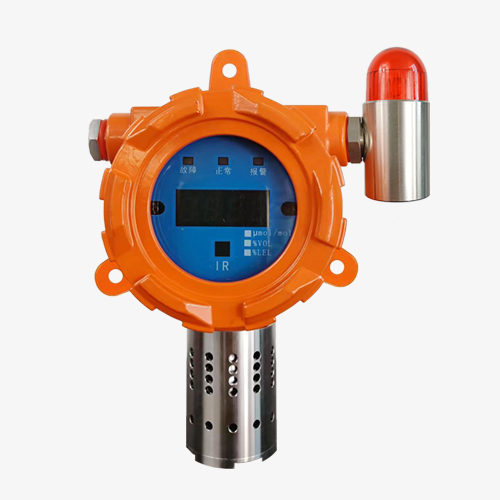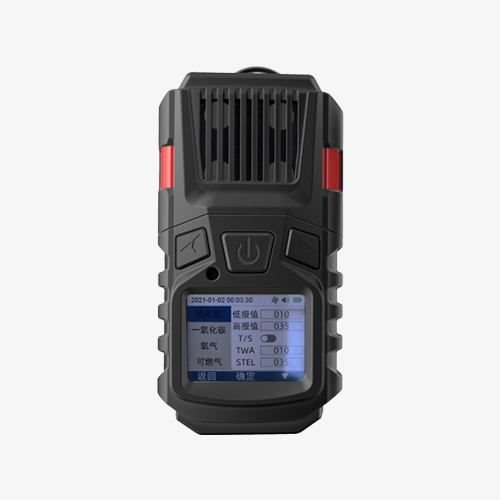How to detect sewer gas?
With the development of the economy, China’s urbanization process is gradually accelerated, and with it the number of sewage pipes and septic tanks is also increasing. Due to the increase in the amount of sewage, industrial waste water, and natural water in the city, the problem of drainage pipes is also gradually increasing. Whenever we travel through the cities we live in, we always see many workers in overalls carrying out sewer repair work.

Harmful gases in city sewers
Sewage in urban sewers is affected by microorganisms, which will decompose and produce various kinds of toxic, harmful, flammable and explosive gases, such as hydrogen sulfide, ammonia, methane, ethane, carbon dioxide, etc. If these gases are leaked in case of an open fire, they will be released. Once these gases are leaked, they will easily explode in case of open fire, and cause poisoning to the people, which will jeopardize the safety of people and property.

Harmful gases in household sewers
Not only city sewers, but also families should pay attention to the safety of sewers. If the garbage piled up in the kitchen sewer is not unclogged in time, the garbage will ferment and produce methane gas. If it’s summer and the temperature is high, methane gas fills the entire sewer and spreads along the sewer opening. When cooking over a fire, methane gas can explode when encountering an open flame, which is very dangerous. Therefore, the safety of sewers needs to be highly emphasized.

How to detect sewer gas
Before entering the sewer operation, the staff will turn over the mouth of the well and so on for a while, because of the prolonged accumulation of wastewater waste, some organic matter through the decay and differentiation, will constitute a lot of poisonous and harmful gases, which to methane and carbon monoxide damage is the greatest, there is also hydrogen sulfide, people will only smell a more pungent smell, so hastily enter the sewer operation, easy to cause fainting accidents and poisoning of the staff and other accidents.
Therefore, it is necessary to use the equipment and instruments for the detection of toxic and harmful gases in the sewer operating environment, in the face of a variety of mixed combustible and toxic gas monitoring, Fosensor recommends that you can choose 4 Gas Detector FS11301, to measure the concentration of various gases before entering the sewer operation, when the staff to enter the operating conditions into the operation, and wear all the protective Equipped with all protective equipment, such as dust masks, labor insurance gloves, etc., carry a gas detector with alarm function, timely understanding of the gas composition and concentration value of the underground, the instrument alarm timely withdrawal to avoid accidents.

Harmful gases in the sewer and their standard limits:
1, gas (methane) CH4: should be ≤ 100% LEL, that is, 5% VOL
2, hydrogen sulfide H2S: should be ≤ 10mg / m3, ie 6ppm
3, carbon monoxide CO: should be ≤ 20mg/m3, that is, 16ppm
4, carbon dioxide CO2: should be ≤ 9000mg/m3, that is, 4581ppm
5, ammonia NH3: should be ≤ 20mg/m3, that is, 26ppm
6, nitrogen dioxide NO2: should be ≤ 5mg/m3, that is, 2ppm
7, sulfur dioxide SO2: should be ≤ 5mg/m3, that is, 1ppm





